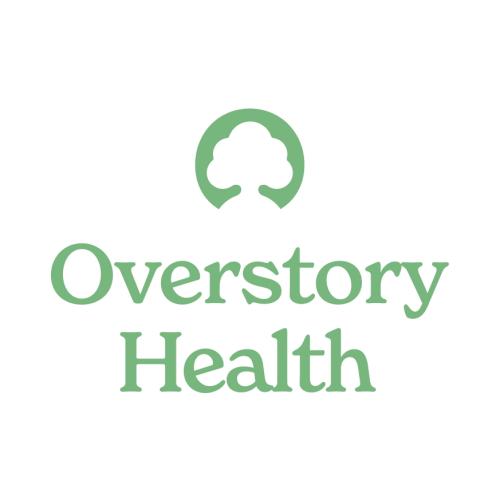FILTERS
Facility Amenities
Treatment and Services Offered
Languages offered
Accepted age groups
Insurance Providers
| Prev |
You may also want to try a center in another location:
Searching for Treatment at a Rehab Center in Minnesota?
Residential treatment—usually referred to just as rehab—can be an effective means of helping individuals cope with and recover from persistent mental health concerns.
Treatment centers are staffed day and night by professional mental health care providers who offer monitoring, supervision, and support services when inpatient treatment is preferred. For those who are unable to access live-in care because of work restrictions, insurance, or time constraints, outpatient treatment is also available in the state, which allows people seeking treatment to return home each evening.
Residential treatment programs tend to offer the following basic services, though each program will vary:
- A low-stress environment that is drug and alcohol free.
- Therapy sessions that help residents gain self-awareness and coping skills and enhance self-compassion.
- Group therapy or support group meetings, like Narcotics Anonymous or Alcoholics Anonymous.
- Medical care to assist with managing medications, monitoring health conditions, and supervising detoxification, when appropriate.
- A variety of activities or skill-building courses designed to help residents learn to relax, develop new skills, socialize, and pass the time. Activities could include yoga, art instruction, or résumé-building classes.
Residential treatment centers are highly effective in the treatment of addiction recovery issues stemming from drug and alcohol abuse, in addition to other serious mental health conditions such as bipolar issues, depression, and compulsive gambling.
Mental Health Care in Minnesota
Minnesota was ranked 4th for overall well-being by the 2013 edition of the Gallup-Healthways Well-Being Index. The state was positioned in the second quintile for healthy behaviors (ranked 15th), but ranked in the first quintile for the five remaining categories: work environment (8th), emotional health (7th), life evaluation (6th), physical health (2nd), and emotional health (2nd). The communities of Minneapolis, St. Paul, and Bloomington ranked highly across all well-being measures.
Nationwide mental health care surveys conducted in 2014 by Mental Health America (MHA) rank Minnesota in 6th place, demonstrating a low prevalence of mental health problems and high access to care within the state. The state was ranked 8th in the category of mental health access.
Minnesota Census Information
Sometimes, to get the best treatment, you may need to relocate to a different state. Learning more about the state’s population before moving as can make work and life transitions easier, with less stress and anxiety. The population of Minnesota amounts to about 5.4 million people. Youth (less than 18 years old) represent 24% of the population; seniors (65 years or older) account for about 14% of the total number of residents. Approximately 73% of residents own their own homes (the national average is about 65%). Roughly 12% of the population lives below the poverty line, compared to the national average of over 15%.
References:
- Gallup-Healthways Well-Being Index. (2013). Minnesota. Retrieved from http://cdn2.hubspot.net/hub/162029/file-629743700-pdf/WBI2013/Minnesota_2013_State_Report.pdf?t=1418935567368
- Mental Health America. (2014). Parity or disparity: The state of mental health in America, 2015. Retrieved from http://www.mentalhealthamerica.net/sites/default/files/Parity%20or%20Disparity%202015%20Report.pdf
- Minnesota Department of Human Services. (n.d.). Programs and services. Retrieved from http://mn.gov/dhs/people-we-serve/adults/health-care/mental-health/programs-services/
- United States Census Bureau. (n.d.). State & county quickfacts: Minnesota. Retrieved from http://quickfacts.census.gov/qfd/states/27000.html









